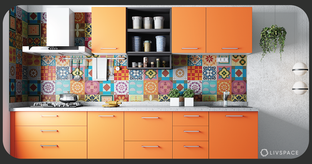In This Article
- Difference between Floor Tile and Wall Tile #1: Durability to Sustain Pressure
- Difference between Floor Tile and Wall Tile #2: PEI Rating Scheme
- Difference between Floor Tile and Wall Tile #3: Manufacturing Process
- Difference between Floor Tile and Wall Tile #4: Its Usage & Maintenance
- Can One Work As the Other?
The difference between floor tile and wall tile is in the name, but it doesn’t just stop there. In the yesteryears, the difference lay only in the usage but today, as trends come and go and innovations abound, the differences are so distinct that they make one type of tile better for one usage than the other. Here is a rundown of all you need to know about the difference between floor tile and wall tile.
Difference between Floor Tile and Wall Tile #1: Durability to Sustain Pressure
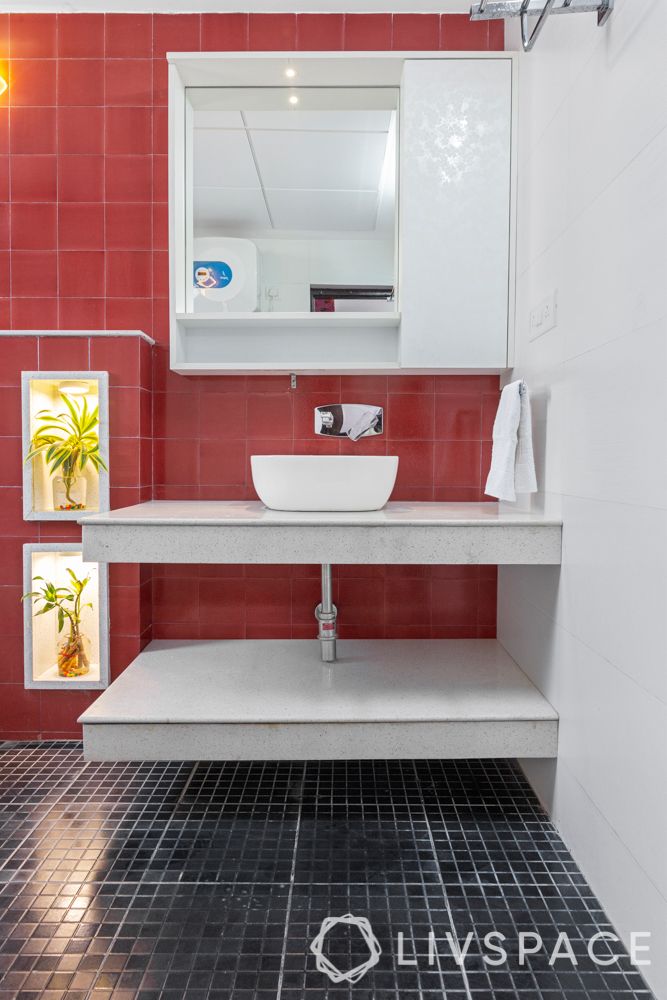
Floor tiles are manufactured to be durable, resistant to wear and tear and able to sustain pressure. Wall tiles are also designed to be durable but don’t have to hold up as much pressure as tiles. This means they’re often softer than floor tiles.
Difference between Floor Tile and Wall Tile #2: PEI Rating Scheme
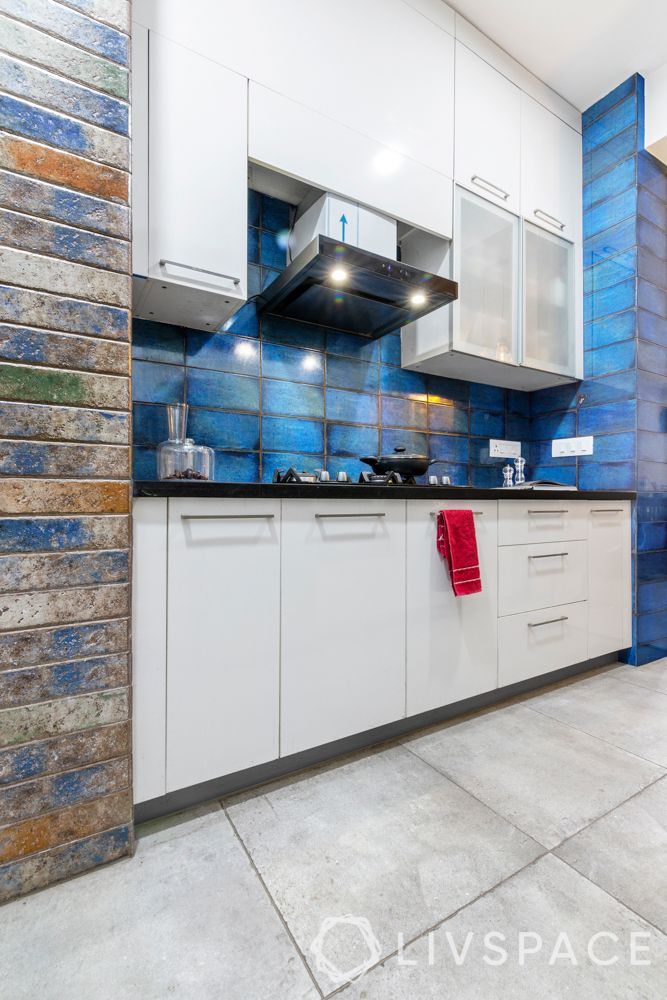
Yet another major difference between floor tile and wall tile is their standing according to the Porcelain Enamel Institute (PEI) rating scheme. This scheme defines hardness and durability. Wall tiles tend to be unrated or, at the most, cop a Group 1 rating because they’re designed for areas of very light traffic. Floor tiles, on the other hand, have higher ratings depending on whether they’re used in residences or high-traffic commercial areas.
Difference between Floor Tile and Wall Tile #3: Manufacturing Process
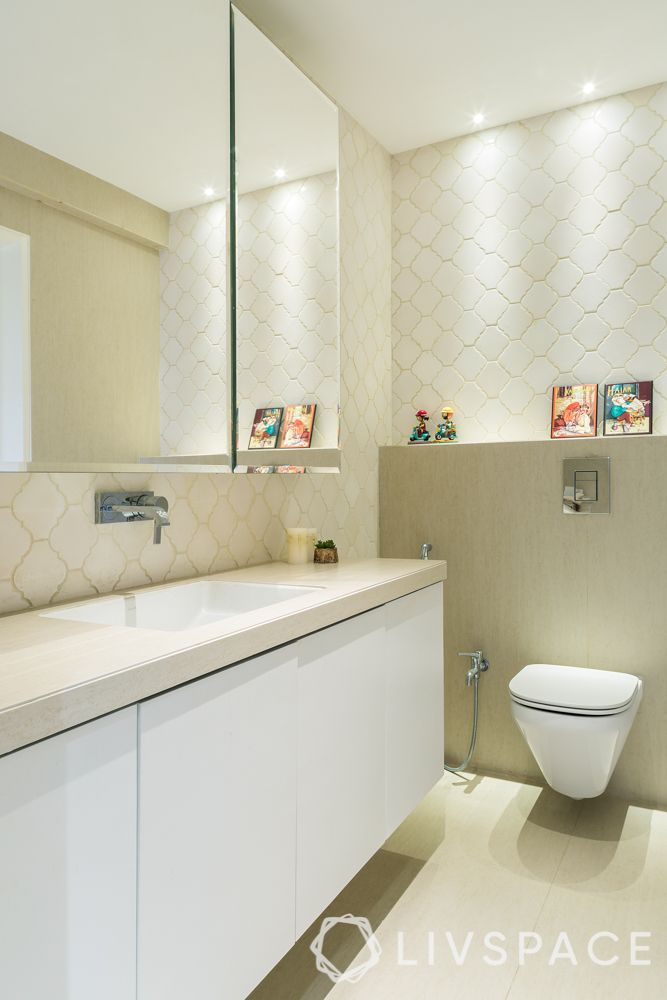
Wall tiles are also often finished off with a hardened glaze on the top surface, which makes them impervious to water. They also sport a high-gloss finish, which is safer on walls than on floors in that it poses a slip risk. Wall tiles are often decked up in embellishments, designs, even inlays that are purely decorative by purpose. It’s not often that these appear in regular floor tiles.

Difference between Floor Tile and Wall Tile #4: Its Usage & Maintenance

Wall tiles are used for walls almost exclusively, because they’re not designed to be load-bearing. Moreover, they are easy to clean and durable. They’re also great options for areas that experience water and moisture, like bathrooms and kitchen sink backsplashes.
Floor tiles are able to withstand pressure, abrasives and corrosive liquids. For this reason, can also double up as wall tiles in high-traffic areas.
Wall tiles are also smaller in size and more lightweight as its visibly difficult to install on a vertical surface. That’s not a problem for floor tiles, which can be 18 square inches in size or bigger.
Can One Work As the Other?
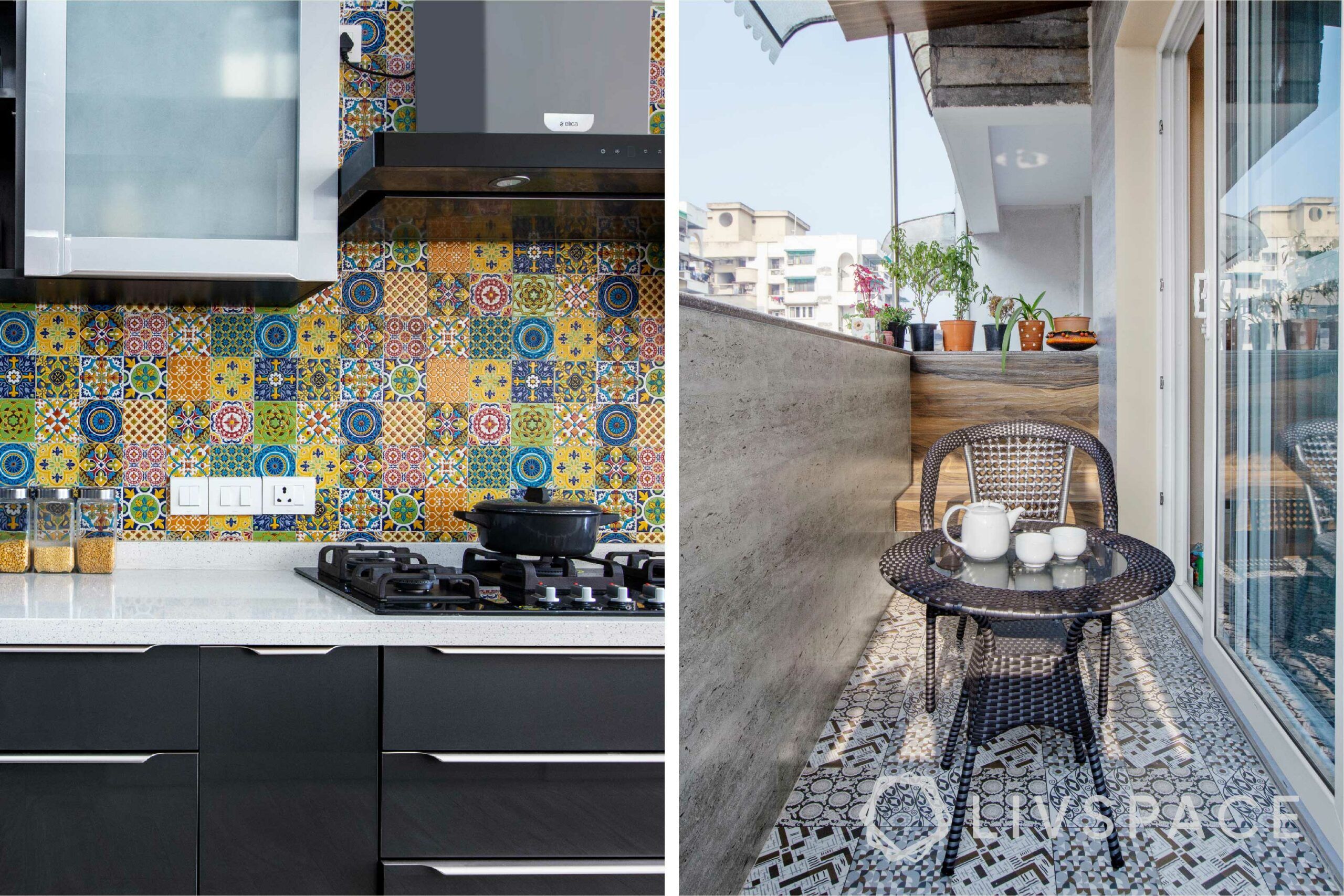
It’s professionally advised not to use wall tiles as floor tiles. They’re much smaller in size and less resistant to abuse in high-traffic areas. They’re made to be much softer, which means any added pressure could cause breaks.
Floor tiles can double up as wall tiles because they’re manufactured to withstand higher amounts of wear and tear. However, the size of commercial floor tiles might pose a problem. You might not be able to fit them onto your wall without cutting them down to size.
The difference between floor tile and wall tile is critical because it could make or break the functionality of your space!
If you found this article helpful and want to recreate a trendy look, here’s 5 Ways to Use Hexagonal Tiles at Home.
Check out tile designs:
Send in your comments and suggestions.











